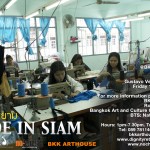Victims break chains of slavery
By Brian Byrnes, CNN
Buenos Aires – Maria Velasquez was in need of work. She had no prospects in her hometown of La Paz, Bolivia, so when she was offered a bus ticket to Argentina and assured of steady work and a home there, she jumped at the chance.
It was a trip that would take her to the depths of the garment industry’s slave labor trade only to emerge as a member of a cooperative credited with raising awareness about slave labor on two continents.
“I was promised a sewing job in Argentina that would pay a dignified salary of $200 a month. But just like so many other victims, I was lied to,” says Velasquez, 31.
She quickly became a victim trapped inside a vast network of workers who are lured from Bolivia to Argentina on empty promises.
Most endure long and brutal journeys before being sent to work in clandestine clothing factories under oppressive conditions.
In Velasquez’s case, she and her husband, with their one-year-old son, crossed the border into Argentina in 2006 using counterfeit documents provided to them by the smugglers.
There was not a fake passport available for an infant boy, so Velasquez had to cut her son’s hair and put him in a pink dress so he looked like the baby girl pictured on the passport. It worked.
Once in Buenos Aires, Velasquez soon realized the whole scenario was a scam. She was dispatched to a hot, crowded factory and forced to sew 18 hours a day, seven days a week.
She says she was rarely allowed outside, and had to sleep in a hallway alongside 20 other workers. For all her work, she made $25 dollars a month.
“My son would sit under the sewing table and cry, and my boss would yell at us all the time,” she says.
With little money and no contacts in Argentina, she felt she had no choice but to stay and work at the sweatshop. After a year, though, the mistreatment became too much, and she fled with her husband and son.
Eventually, she arrived at La Alameda, a community center that serves Argentina’s burgeoning Bolivian community. Velasquez soon learned that they also make clothes there, and found that her sewing skills were in demand.
La Alameda clothing collective is situated on the noisy second floor of a century-old corner building in the working-class Parque Avellaneda neighborhood of Buenos Aires.
Inside, Velasquez and a dozen other men and women – nearly all of whom are former victims of slave labor – produce sweat-free clothing in a non-threatening environment.
Instead of constant verbal abuse and sleepless nights, they now spend their days stitching dresses, blouses, and uniforms for small local companies.
Each member works an eight-hour shift, and earns around $4 dollars an hour. The cooperative’s rules are simple: there is no boss, all issues are voted upon, and profits are split.
“I now have the freedom to be a part of my children’s lives. I have a say in the decisions we make here. We all earn the same amount. It is an excellent change of lifestyle for me,” says Velasquez.
In 2009, La Alameda decided to take their goods global. They partnered with a similar workers’ collective in Thailand, Dignity Returns, and began jointly producing colorful T-shirts under the label name “No Chains.”
The T-shirts feature designs by artists from all corners of the globe, and are sold online and in shops in Buenos Aires and Bangkok for $15 dollars each.
The “No Chains” initiative has been credited with helping bring attention to slave labor in Argentina and Thailand, both countries where the trade is particularly prevalent, while also promoting ethical consumption practices.
In Argentina, slave labor boomed during the past decade, a consequence of the country’s devastating economic crisis in 2001, when it defaulted on some $100 billion dollars in debt. The currency devaluation that followed made it prohibitively expensive to import products and, consequently, Argentina’s textile industry exploded.
“The clothing business grew very quickly here but without serious fiscal, political or labor controls,” says Gustavo Vera, the director of La Alameda and a leading advocate for labor rights in Argentina.
“Now, in Buenos Aires city there are 3,000 clandestine clothing factories with some 25,000 workers. Nearly 80 percent of the clothing produced in Argentina is made in clandestine factories,” he says.
Buenos Aires city officials say in 2010 they identified 1,200 locations where forced labor was suspected of taking place. They acknowledge it is a challenge to shut down the sweatshops and admit they do not know exactly how many clandestine factories exist.
That is one reason why Daisy Cahuapaza, 34, values her job at La Alameda so much. Like her workmate Velasquez, she came to Argentina from Bolivia, and worked long hours for little pay in a clandestine factory.
Now, as a member of the collective, she is thrilled that she can make a living wage and support her four children. She is quick to point out, however, that many others are still falling prey to the same trap.
On a recent trip to Bolivia, she says she saw a dozen buses at a La Paz bus station filled with nervous young women destined for foreign borders – and uncertain futures.
“More people are being brought from Bolivia every day. Not just here to Argentina, they go to Brazil too,” she says. “The reality is that people need the work. And for that work, they have to suffer.”
SRC: http://thecnnfreedomproject.blogs.cnn.com/2011/04/18/victims-break-chains-of-slavery/


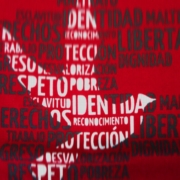
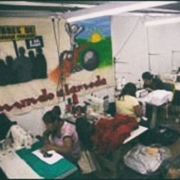 Las cooperativas están formadas por costureros que dejaron de trabajar en condiciones de esclavitud.
Las cooperativas están formadas por costureros que dejaron de trabajar en condiciones de esclavitud. 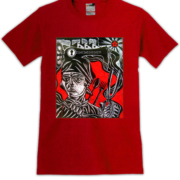
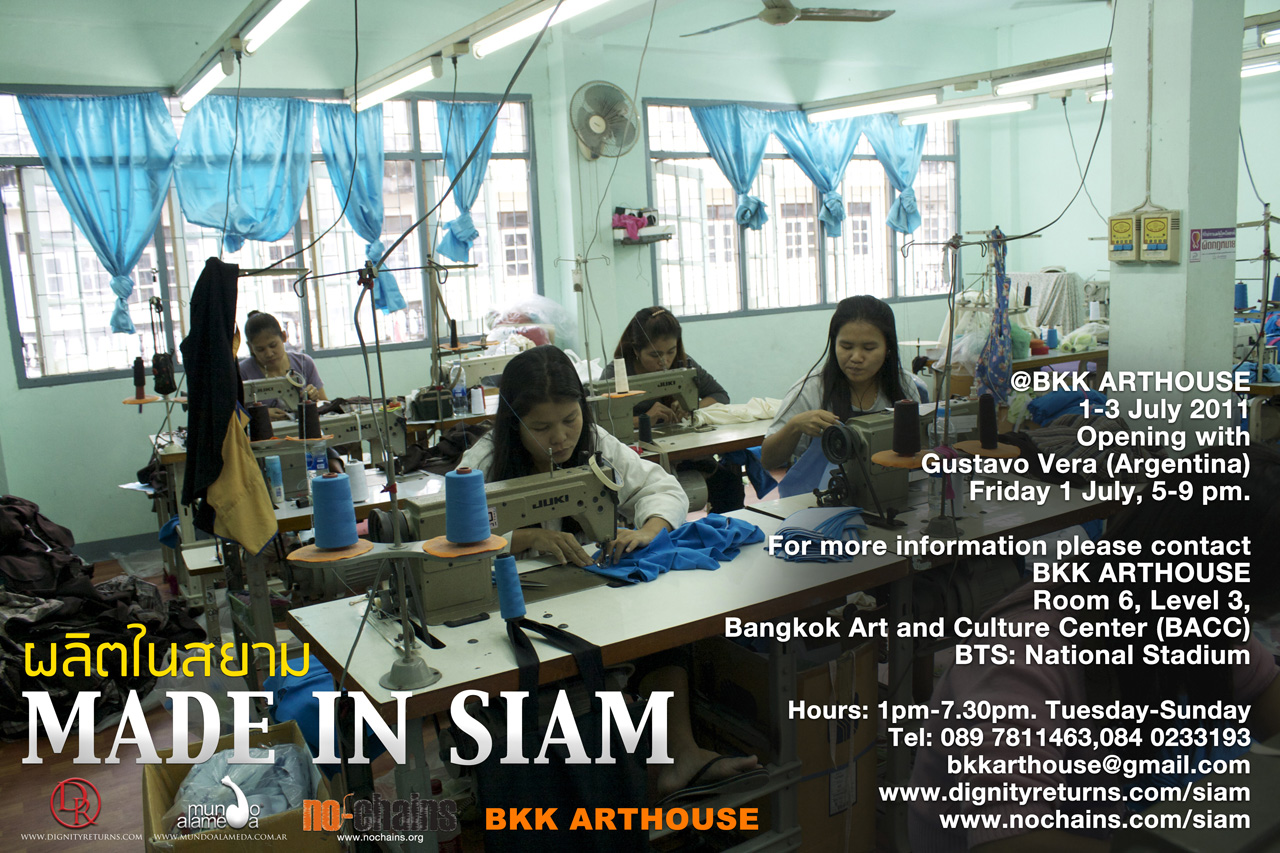
 Las cooperativas están formadas por costureros que dejaron de trabajar en condiciones de esclavitud.
Las cooperativas están formadas por costureros que dejaron de trabajar en condiciones de esclavitud.